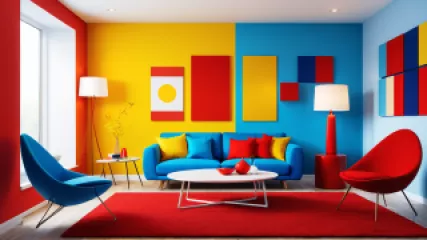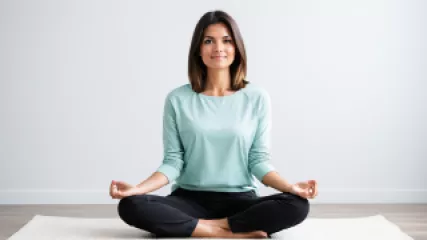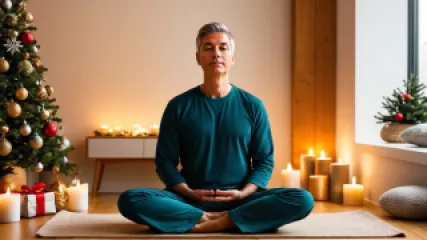The Ultimate Guide to Managing Expectations
1 year ago
Managing Expectations
Empowering Rural Residents: An Interview on Mental Health Supports
1 year ago
Mental Health in Rural Areas
What Are the Best Postpartum Depression Counseling Services?
1 year ago
Postpartum Depression
Comprehensive Remote Mental Health Evaluation: A Research Summary
1 year ago
Mental Health Check
What 'Inside Out' Can Teach Us About the Psychology of Color in Interiors
1 year ago
Psychology of Color in Interiors
My Transformative Journey: Uncovering the Psychology of Belief
1 year ago
Psychology of Belief
10 Best Online Therapies to Manage Academic Stress
1 year ago
Academic Stress
The Ultimate Guide to Coping with Homesickness
1 year ago
Coping with Homesickness
What Are the 5 Key Aspects of Effective Wellness Coaching?
1 year ago
Wellness Coaching
Ultimate Guide to Overcoming the Fear of Criticism
1 year ago
Overcoming Judgment Fear
How to Manage Holiday Stress Effectively
1 year ago
Handling Holiday Stress
Exploring the Impact of Digital Detox Programs on Internet Addiction
1 year ago
Internet Addiction
Rethinking Gender Roles: A Pathway to Self-Esteem and Societal Progress
1 year ago
Gender Roles in Society
Overcoming Challenges: An Adoptive Parent's Perspective
1 year ago
Adoptive Parent Challenges
10 Compassionate Apology Practices for Healing Relationships
1 year ago
Art of Apology














